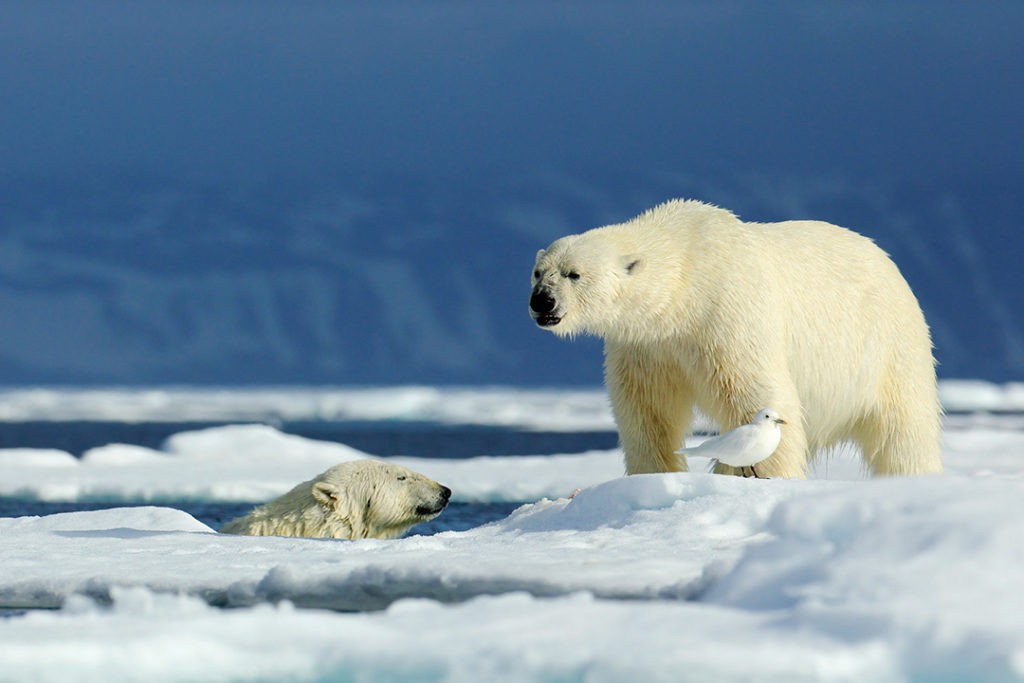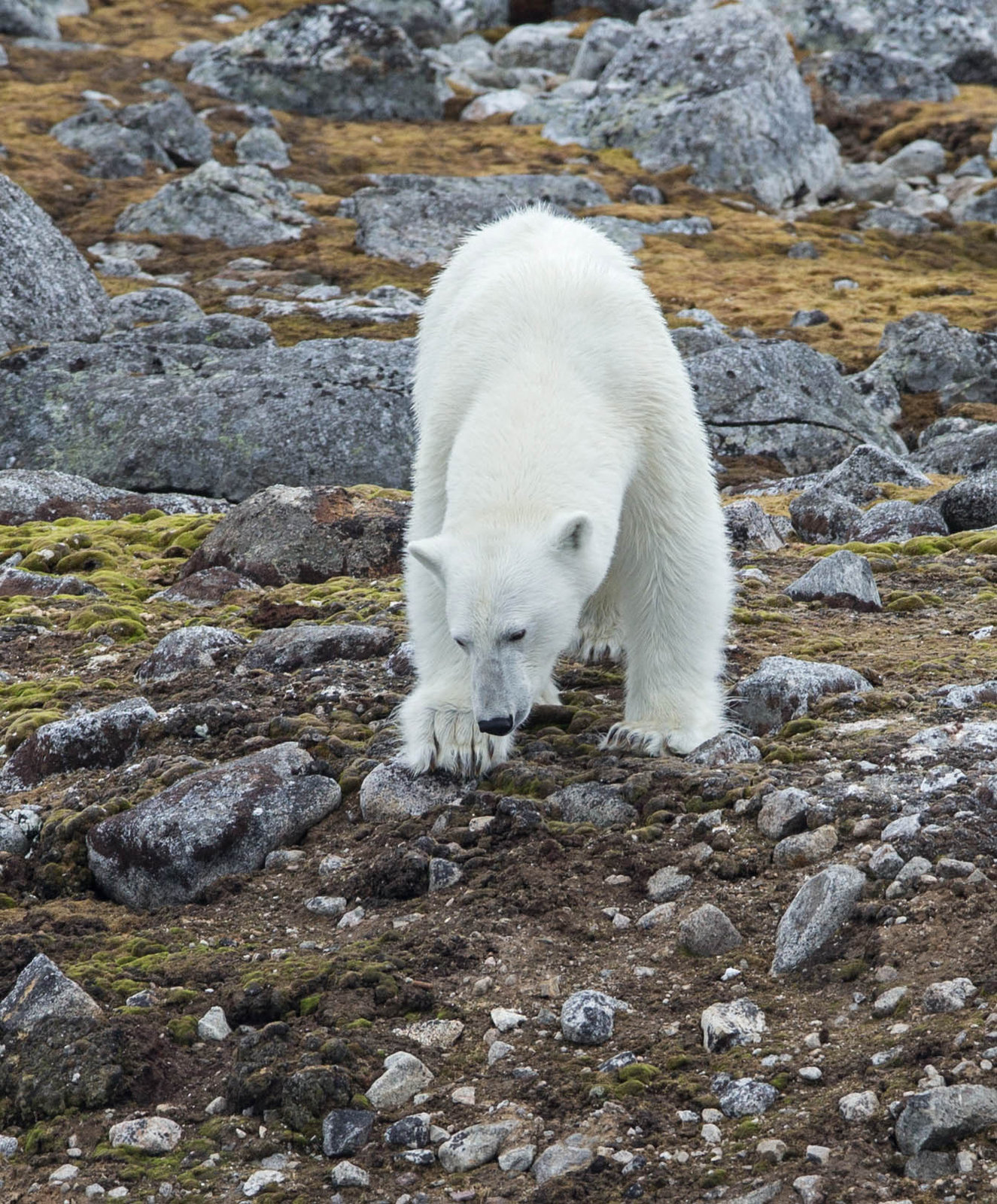
Each closeup shot of these amazing animals is a reminder of what the world will lose without taking immediate action. The frozen wilderness is disappearing at a faster rate than ever before, with the Arctic predicted to see ice-free summers by 2035. One minute you’re screaming at a grizzly bear chasing a muskox calf that’s lost its parents, the next you’re weirdly sad that a polar bear can’t hunt seals because of the melting ice – and this image nails the urgent message in this incredible six-episode series. Penguins! Gerbils! Seals! The fluffiest (and grumpiest) cats in the world! David Attenborough returns with another epic exploration of the world’s frozen regions.

POLAR BEAR SERIES
I’m sure it’s no coincidence that the second episode of this new series ( ‘ Frozen Ocean‘) is set to air next week, around the time that Arctic sea ice will reach its lowest extent for the year.įrozen Planet II: Sunday, 8pm, BBC One Continue reading →įilming of Frozen Planet II series began in 2018, which suggests it was part of Attenborough’s relentless ‘climate change’ and ‘tipping point’ messaging agenda that started in 2015 with the inception of the WWF/Netflix ‘ Our Planet‘ blockbuster series and the infamous Russian ‘falling walrus’. See the map below to orient yourself regarding news reports. I may post updates as more information comes in. Lawrence and Cabot Strait could be higher than 12 metres,” Environment Canada said. Throughout the Arctic, polar bears are known by a variety of common names, including nanook, nanuq, ice bear, sea bear, isbjorn, white bears, and beliy medved. “Waves over eastern portions of the Gulf of St. Some waves along Nova Scotia’s Eastern Shore could build to be more than 10 metres, with waves along southern Newfoundland on Saturday morning reaching higher heights. Port aux Basques house falling into the sea, 24 September 2022.

Lawrence are only 10m or so above sea level and since houses are often built close to shore, they are extremely vulnerable to high wave heights and storm surges. I discovered that many coastal areas in the Gulf of St. I know this region well from researching my latest science-based novel, UPHEAVAL, about a sea ice tsunami that hits Cape Breton Island and the Port aux Basques region in 2026 causing similar but more extensive damage. Port aux Basques in SW Newfoundland has been particularly badly hit by Fiona, called ‘total devastation’.


 0 kommentar(er)
0 kommentar(er)
